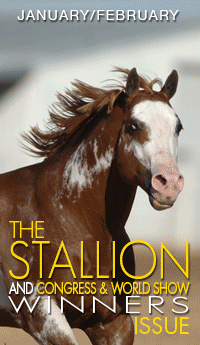IHSA and IEF Academic Achievement and Scholarship Award Winners
June 20, 2020 Comments Off on IHSA and IEF Academic Achievement and Scholarship Award Winners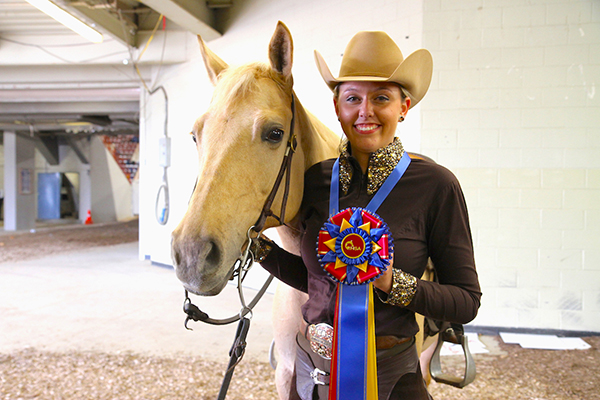
“We love seeing our members excel in the classroom as well as in the show ring,” said Peter Cashman, IHSA executive director. “It is our aim that members’ academic and IHSA equestrian experience helps prepare them for life beyond college.”
Continue reading …Kids: See Your Art on Display at NSBA World Show!
June 20, 2020 Comments Off on Kids: See Your Art on Display at NSBA World Show!
NSBA Youth are holding an art contest and looking for art to be submitted by youth in three age categories: Small Fry 9 & Under, 10-14 and 15-18.
Continue reading …Schedule Now Online For AQHA Select World
June 19, 2020 Comments Off on Schedule Now Online For AQHA Select World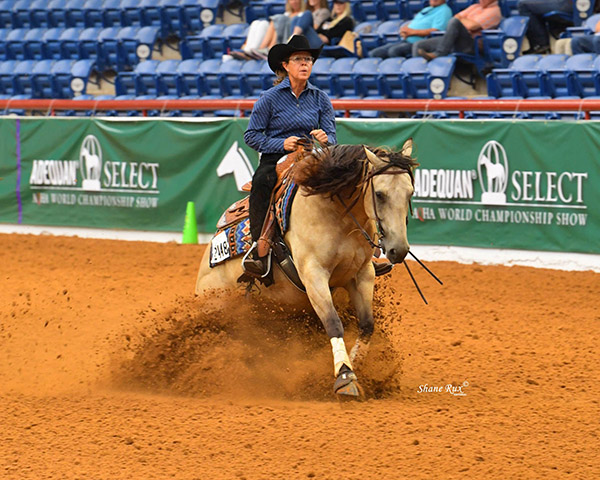
Nutrena Level 1 Select amateur classes will be held in conjunction with the Adequan® Select World. These classes have been added, due to the cancellation of the 2020 Nutrena AQHA Level 1 Championships and AQHA Cattle Level 1 Championships in response to the coronavirus (COVID-19) pandemic. AQHA staff worked in conjunction with the AQHA Show and Professional Horsemen councils to develop an exhibitor-friendly schedule for 2020.
Continue reading …Addressing More Risk Factors of Veterinary Suicide
June 19, 2020 Comments Off on Addressing More Risk Factors of Veterinary Suicide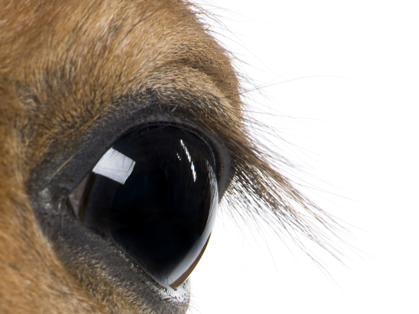
“The primary source of vet suicide is adverse psychosocial working conditions. Many in the veterinary profession suffer from high levels of anxiety, depression, stress and burnout, and high personal expectations due to these risk factors,” said Dr Warwick Vale, AVA President.
Continue reading …2020 APHA Youth Team Tournament Goes Virtual
June 19, 2020 Comments Off on 2020 APHA Youth Team Tournament Goes Virtual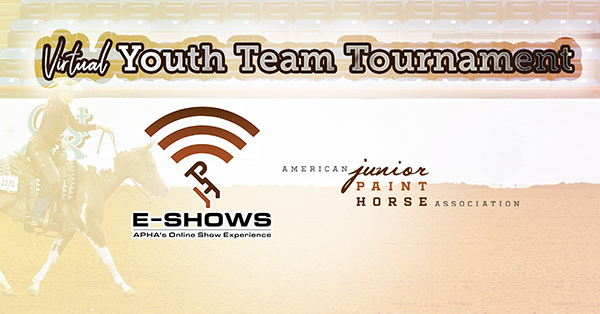
By changing to a virtual platform, we have also made some adjustments to YTT layout. First, a team will consist of 3-6 AjPHA members and the entry fee will be $150 per team. Teams do not have to be from the same barn, state or country, but Youth can only compete on one team. YTT events include the following:
Continue reading …EC Photo of the Day- Attack of the Chickens!
June 19, 2020 Comments Off on EC Photo of the Day- Attack of the Chickens!
“Yesterday, I had the FUNNIEST bloopers happen during a photo shoot. We got bombarded by chickens! While trying to figure out how to get the horse’s ears up, I asked my assistant to pick up some gravel and see if that would get the horses attention. Within seconds the chickens flocked over thinking it was food. We definitely had a good laugh about it.”
Continue reading …Could Sperm Extender be the Recipe For Fertility Success?
June 19, 2020 Comments Off on Could Sperm Extender be the Recipe For Fertility Success?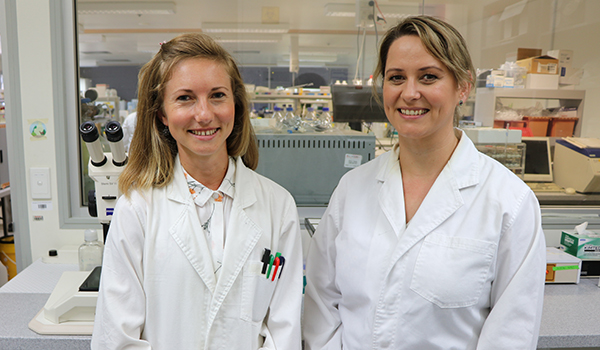
A world-first sperm extender is set to more than double the effectiveness of artificial insemination rates in horses and may also have implications for humans. University of Newcastle scientists, Dr Zamira Gibb and Dr Aleona Swegen, have developed a revolutionary nutrient-rich liquid that enables collected horse semen to live for two weeks outside the body without the need to be frozen.
Continue reading …In Harm’s Way- Helping the Riot Horses
June 19, 2020 Comments Off on In Harm’s Way- Helping the Riot Horses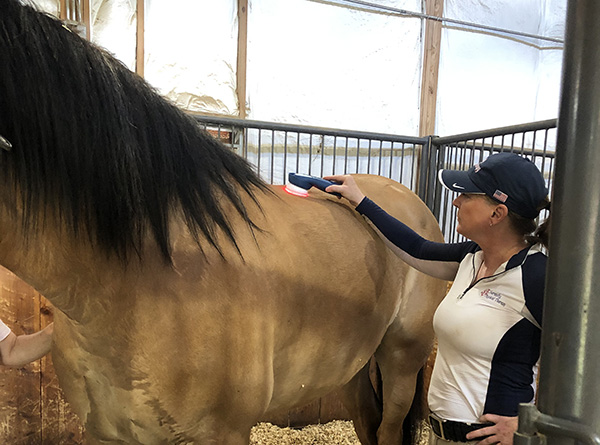
“They’ve had big rocks, bricks, and water balloons filled with urine thrown at them and people screaming at them. They’ve had Molotov cocktails and firecrackers thrown at them. They are standing on cement for 15 hours a day, just like the officers are. The most tragic thing is the look in their eyes when you walk in their stalls. They are listless. Like droids… machines. As a horse person, it is gut wrenching.”
Continue reading …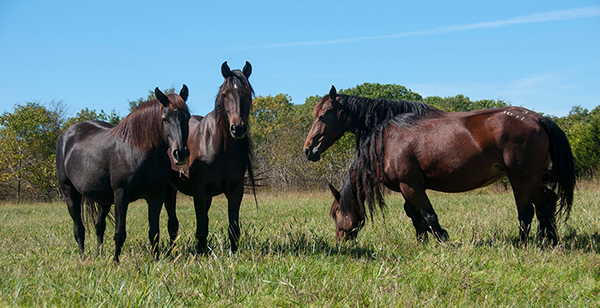
Horses, like humans, dissipate most of their excess body heat through sweating. Horses can sweat as much as 2½ to 3 gallons – 10 to 12 liters – per hour. Depending on the environmental temperature and the animal’s workload, it is possible for a horse to become dehydrated in as little as two to three hours. Furthermore, horses may not drink enough, even when provided water.
Continue reading …Enter Online For 2020 NSBA World Show
June 18, 2020 Comments Off on Enter Online For 2020 NSBA World Show
The qualification requirement has been waived for 2020 and now you can enter online! To help with social distancing, you may now enter online and complete an entry for one horse with up to five exhibitors. Upload all the required documents before getting to the show.
Continue reading …






